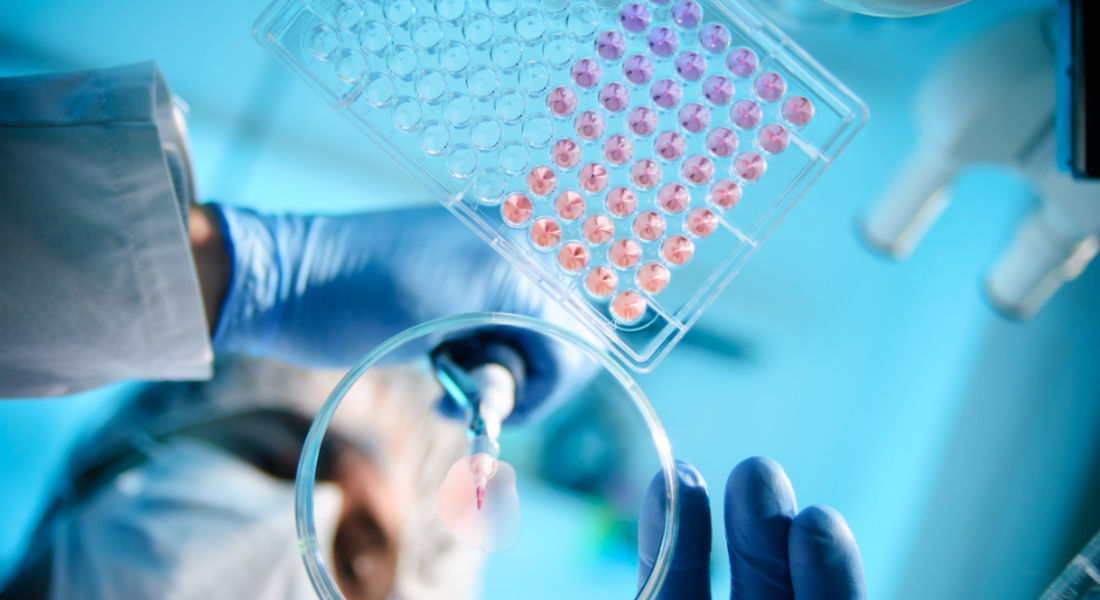
Differentiated Generics
Discover how Norbrook is improving customer access to affordable, differentiated generic drugs
Quality you can trust
A generic drug is bioequivalent to the pioneer product and Norbrook has decades of experience in manufacturing the highest quality generic drugs. Our manufacturing facilities have been audited and approved by the Food and Drug Administration (FDA), Veterinary Medicines Directorate (VMD) and European Medicines Authority (EMA).
Norbrook is committed to improving the access and affordability of generic animal pharmaceuticals to veterinarians, farmers and pet owners around the world. Our portfolio spans a number of therapeutic categories and is on sale in over 100 countries worldwide. Our generic drugs work in the same way and provide the same clinical benefits as their brand-name counterparts.
First to market generics
Our ambition is to be first to market for a generic alternative to pioneer brands. Among the examples of first to market generics include the launches of Carprieve® Injection (Carprofen), Firox® (firocoxib) Chewable tablets, Selarid® (selamectin) Topical and Cefenil® RTU (ceftiofur hydrochloride sterile suspension).
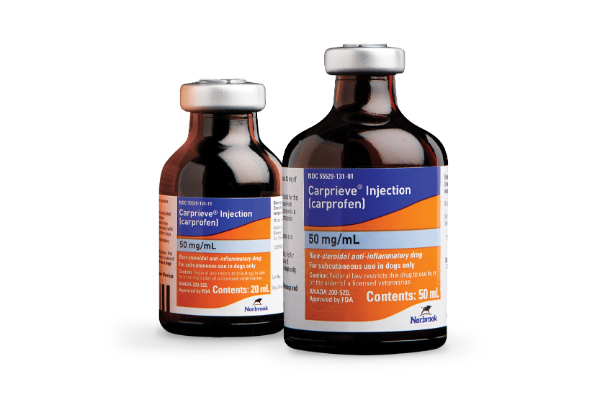
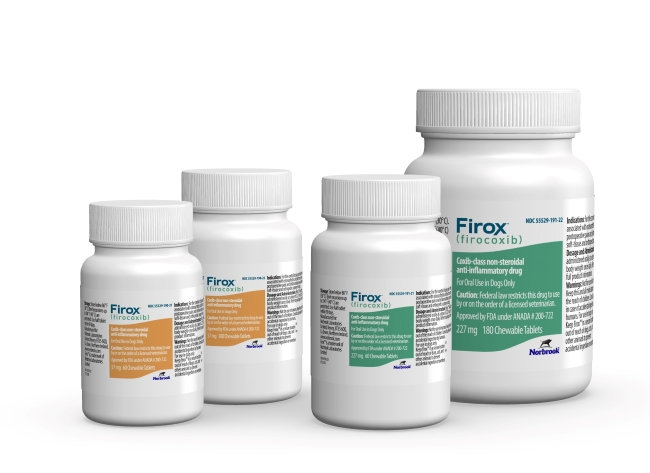
Firox® (firocoxib) Chewable tablets
The 1st FDA-approved generic equivalent to the pioneer brand
Find out More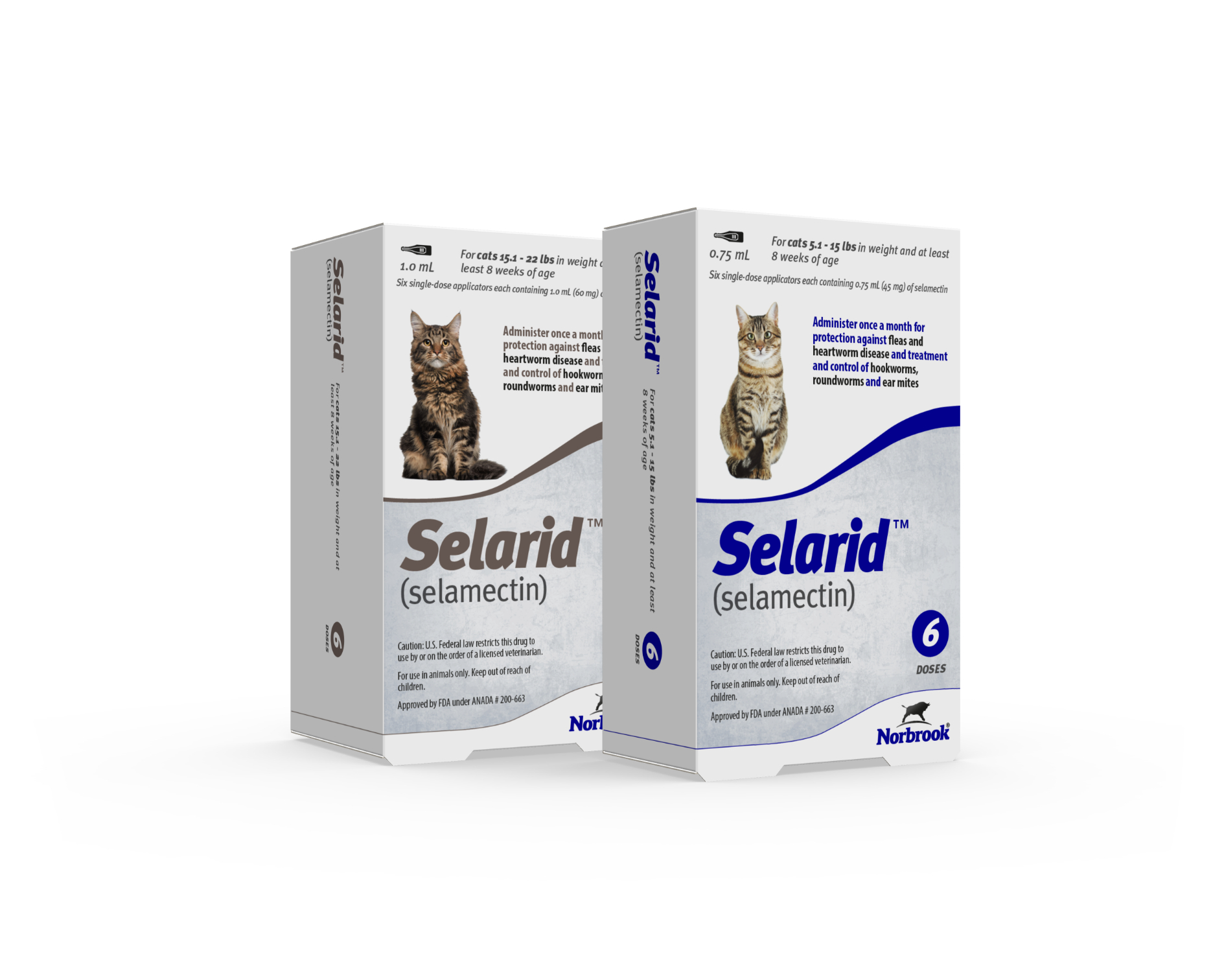
Selarid® (selamectin) Topical Parasiticide for Dogs & Cats
1st FDA-approved generic alternative to the pioneer brand
Find out More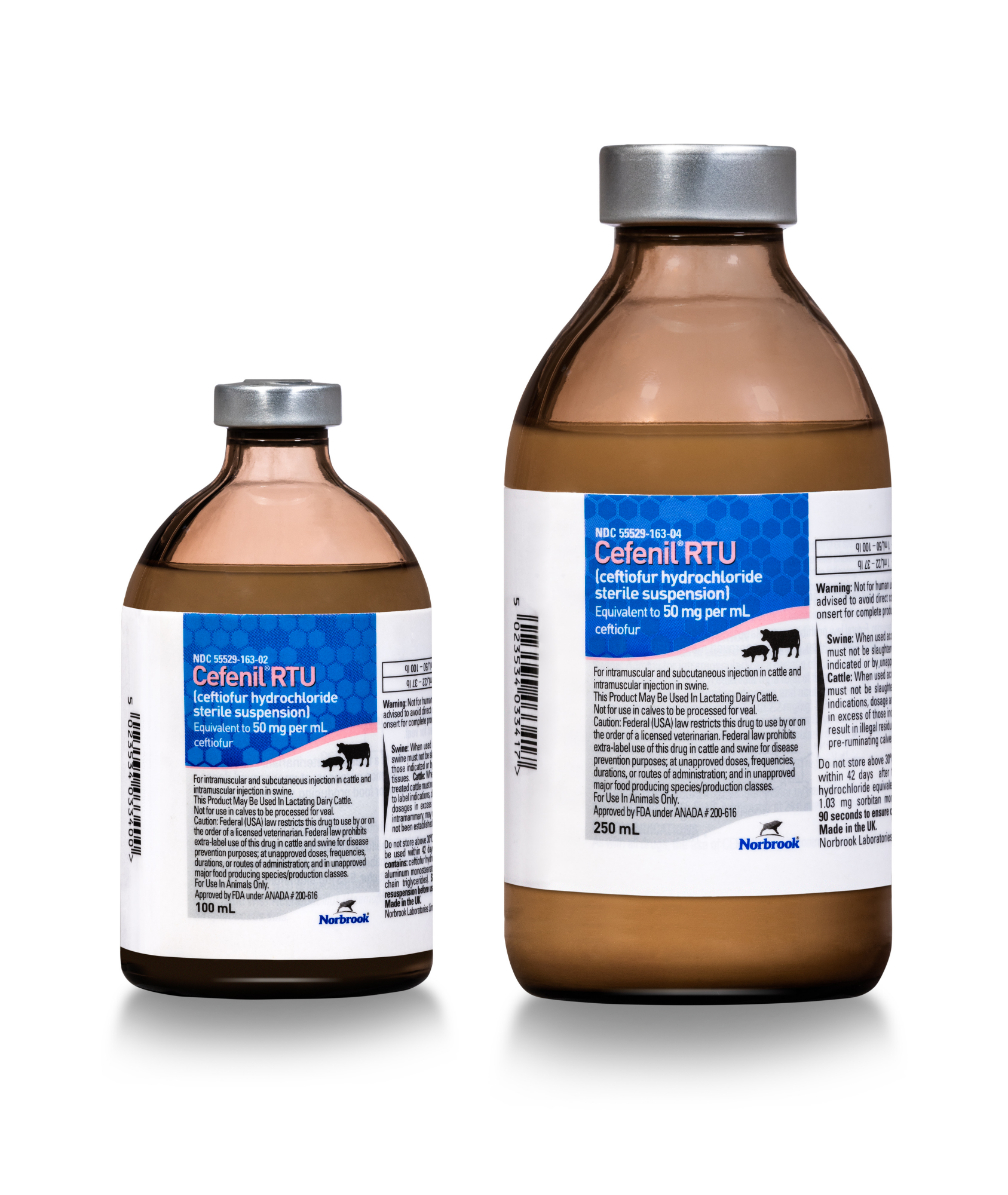
Cefenil® RTU (ceftiofur hydrochloride sterile suspension)
1st FDA-approved generic alternative to the pioneer brand
Find out MoreEffective and Affordable
The widespread use of generic drugs in our everyday lives has helped to educate the public about the affordability and efficacy of generics as a viable alternative to pioneer brands. In this short video, a number of Norbrook's veterinarians explain more about generic drugs and how they work.
Your questions answered
Generic Drugs FAQs
What's the difference between generic and branded drugs? Do they work the same way? Read our FAQs here to get all the answers.
-
What is a generic drug?
A generic drug is equivalent to the pioneer product. The generic product has the same qualitative and quantitative composition of active substances as the reference product (pharmaceutical equivalence). In addition, bioequivalence with the refence drug must be demonstrated.1
-
Are generics equivalent to the pioneer?
Yes, generic drugs are equivalent to pioneer drugs
According to the Food and Drug Administration Center for Veterinary Medicine (CVM) approval process for an Abbreviated New Animal Drug Application (ANADA), the generic manufacturer must show the generic drug is equivalent in quality, safety and efficacy to the approved pioneer ("Brand") drug in:
-
Active ingredient
-
Strength
-
Dosage regimen
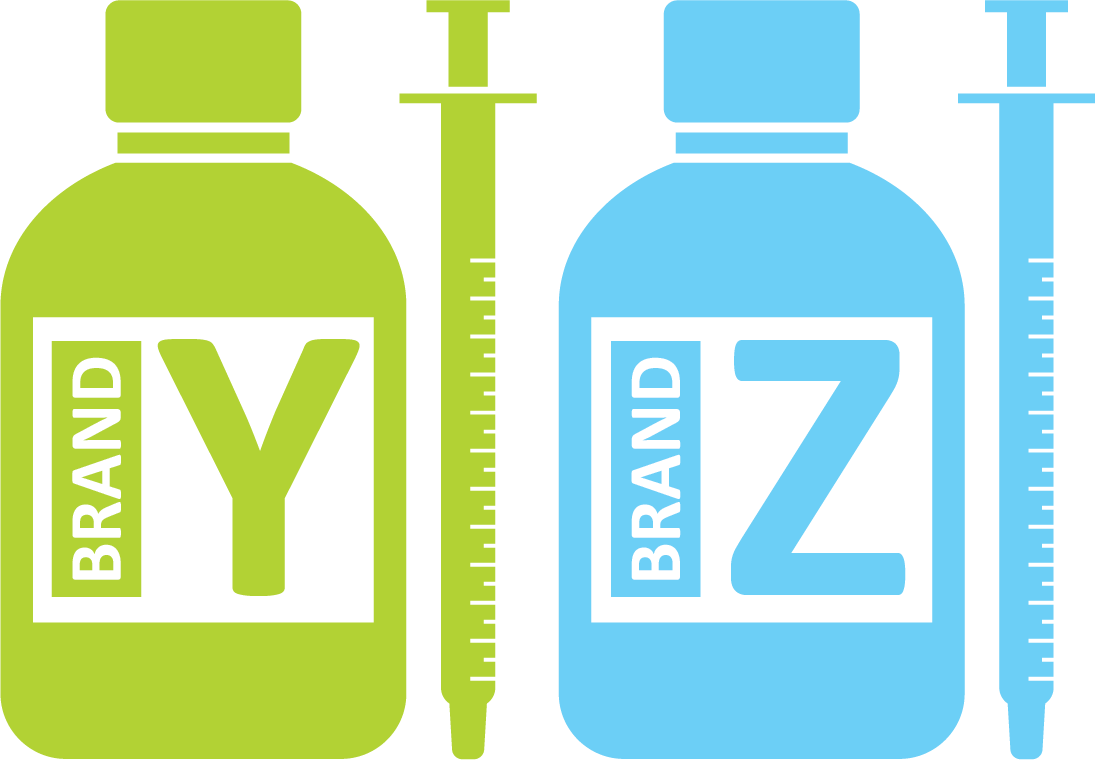
In addition:
-
Each ingredient must meet stringent quality standards
-
The generic must demonstrate stability for the shelf life of the product
-
-
Are generics manufactured to the same high quality standards?
CVM regulated manufacturing standards are identical
Pioneer drugs and generic drugs must be manufactured to the same high quality standards set out by the FDA-CVM.1
Both are manufactured in facilities that comply with the principles of Good Manufacturing Practice (GMP). These facilities are inspected by the US FDA to ensure compliance.
-
Do the pioneer drugs go through more rigorous testing?
A generic drug needs to demonstrate bioequivalence to the reference drug
Blood level bioequivalence (BE) studies compare a test product (generic drug) to a reference product (pioneer drug) using parameters measuring and encompassing:
-
Absorption
-
Distribution
-
Depletion of the drug concentration over time
To determine bioequivalence, the generic sponsor completes blood level studies comparing its formulation vs. the pioneer's and reports to what extent the active ingredient concentrates in the blood and and for how long. The average or mean results for the generic product must not be significantly different in comparison to the pioneer product.
The CVM considers two products bioequivalent if the mean peak concentration (Cmax; the maximum serum concentration that a drug achieves) and the area under the curve (AUC; total exposure over time) are not significantly different when applying a 90% Confidence Interval (CI) approach.
The acceptable limits are that the generic product mean must be within the *80%-120% (untransformed data) or 80%-125% (log-transformed data) of the mean of the reference product).
This does not mean that the generic drug is allowed to have 20% less active ingredient that the pioneer. Both products must be formulated to contain the same amount of active ingredient.
To conduct the bioequivalence study, the same dosage is used for both the pioneer and generic formulations. Below is a graph of BE study results illustrating the mean blood concentrations of a pioneer drug (blue line) and generic drug (green line). If the two drugs are deemed to be bioequivalent, the products are considered equivalent and interchangeable2.
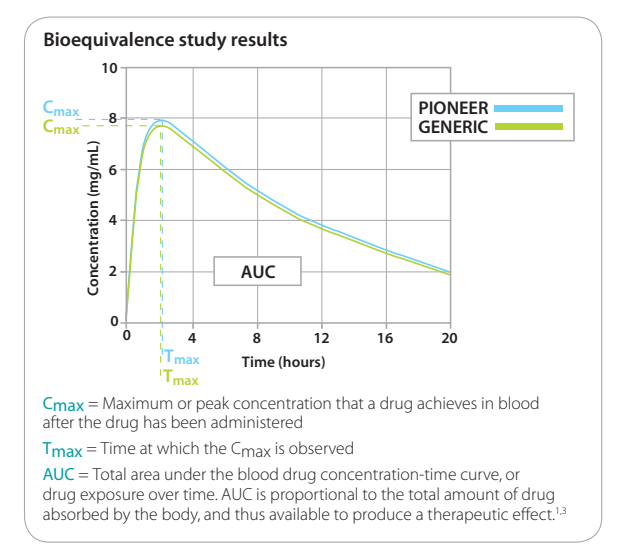
It is often not just bioequivalence that has to be proven- in some cases target animal safety and residue depletion for consumer safety testing must be conducted on generic products. The requirement for the BE study may be waived for certain generic products including parenteral and oral solutions if certain criteria are met.
-
-
Should I feel confident with a generic product?
The quality and monitoring processes continue after the generic drug is approved
CVM post approval requirements for pioneer drugs and generic drugs are identical:
-
Reporting of manufacturing changes
-
On-going stability testing
-
Pharmacovigilance (adverse event monitoring and reporting)
-
Submission to FDA of advertising and promotional
-
-
References
1FDA-CVM BIOEQUIVALENCE GUIDANCE #35, NOVEMBER 8, 2006
2bpac, What is Bioavailability and Bioequivalence? – Generics 2009
3VICH GL52 http://www.fda.gov/AnimalVeterinary/
GuidanceComplianceEnforcement/GuidanceforIndustry/ucm042450.htm -
Glossary of Terms
Pharmaceutical equivalence:
Generic and pioneer products contain exactly the same ingredients in the same concentration and are manufactured in the same way.Bioequivalence:
Generic and pioneer products have the same active ingredients but may have different excipients or concentration of excipients. In this case, bioequivalence studies are required i.e. tests to ensure that the active reaches the same concentration in the blood for the same duration of time as the pioneer products.



